Calgary Transit then and now – Elbow Drive part 1
In this Calgary Transit then and now report, we first look at some decades old pictures showing buses travelling along Elbow Drive and we visit those same locations to see what remains today. The originals are from 1969 and our visit takes place early this year. The trolley buses seen in the old images are long gone, but otherwise little has changed, as you will see.
In the first set, Calgary Transit #434 was photographed travelling down Elbow Drive. At this point it is just south of the downtown core in the affluent neighbourhood of Elbow Park (it was then and is now). The Elbow River is just behind the photographer.
The bus is on the #3 route which in 1969 extended south to a point just beyond Southland Drive. It would then turn around, pass through downtown, before heading north up Centre Street for a good distance. At the end of the route it would head south again and do it all over. The route number would remain the same the whole time but the destination sign would need to be changed at each turn around point – Elbow Drive for southbound buses, and Thorncliffe for those heading north. In each pass the bus would reach both the then southern and northern edges of town. This was at the time the longest trolley bus route on the system. Today, the modern #3 follows much the same path as it’s predecessor, only it’s been extended further outwards as the city has grown.
Prior to the diesel and hybrid buses of today and the trolleys of earlier times, portions of this route were were once the domain of tracked trolleys (the White Line, I believe). That network lasted from 1909-1950 while the trolley bus system ran from 1947-1975.
The bus seen in the first image was one of thirty delivered in 1948, and was from the second order CTS placed for this type of vehicle. An earlier order the year before for a like number of buses was the first. Further orders would follow in the late 1940s and early 1950s and when done over eighty trolleys were on the roster.
All buses bought new were built by Canadian Car and Foundry at their Thunder Bay (then known as Fort William) works. Known as Brills they were built under license of the JG Brill company in the US. In a case of the student besting the master, Canadian production of these buses was greater than those in the US. Most models on the CTS system were T44s (T=trolley), so named for the number of seats. Some of the last built were otherwise similar looking T48As.
A further twenty US built TC44 models from 1948 were bought second hand from Baltimore MD, in the late 1950s supplementing the CC&F fleet. By the late 1950s many US operators were closing down their trolley networks and buses could be had for a very low cost.
Our bus is listed as being out of service when the system shut down in the mid-seventies and was subsequently sold to Vancouver Transit, for use as a parts supply. They had a trolley bus network of their own and given that these buses were old and the company that made them was long out of that business, parts had to be scavenged from other donors. Let me correct this, the CC&F plant is still operating and is now owned by transportation giant Bombardier, but they only make railway passenger cars and railed transit vehicles. They got out of the bus business in the early 1960s – they made their last trolleys in the 1950s.
On our visit it only takes a moment to find the proper location and line it up. The prominent house in behind with the turret helps tie the two eras together (note how the windows differ from then to now). One house seen in our shot was blocked by the bus in the old image but based upon its appearance it must have been there in 1969, just not seen. Look how much the trees have grown in the forty five years since the old image was captured. I was not able to find any solid data on the provenance of the turret house – it’s old and quite unique however. Maybe the home owner will see this report and will fill us in?
On out visit, CTS #7946 passes by. This a New Flyer D40LF model, built in the mid 2000s and one of hundreds on the roster. That model is by far the most commonly seen transit bus in Calgary today. Notice that that exact same bus shows up again in our next “now” image, shot over half an hour later.
In the next set we see Calgary Transit #470 pass by an apartment building. This bus was built in 1949 and was from an order of eleven made that year – as the years past the size of the CTS trolley bus orders got smaller, until they ended altogether in 1953. It was listed as operational when the system shut down and like the other bus mentioned was sold to Vancouver. By the way the selling price at the time was $1000 for a running bus and $500 for one out of service.
The building seen in behind is our only reference and is located in a blue collar class district many, many blocks south of the earlier affluent neighbourhood we just visited in set one. The building, as homely as it us, is still there allowing us ease of which to line up our shot. It’s a rather plain structure, nondescript, ugly in fact, a lump of concrete reminding one more of a prison or gulag than a residence. None the less, it’s what helped us line things up (even though our angle was off). In the old picture a turn around loop can be seen behind the bus. There is a home there now.
Notice the period advertising on both buses. I remember Campbell’s! Austral canned fruit, I don’t remember that company but according to the copy ”you can almost taste the sunshine”.
Today in Canada, there is only one trolley bus network left, in Vancouver BC. It’s a thoroughly modern, well equipped and well used system powered by low cost hydroelectricity and will likely be around for some time. Edmonton had a system until 2009. Most other TB networks in Canada, once over a dozen of them, were shut down in the 1970s or earlier.
When new, trolleys offered some advantages over those powered by internal combustion engines, especially if city had a soon-to-be-retired tracked trolley network, many parts of which (power lines, poles and substations) could be reused. In the 1940s and 50s gas engined buses were underpowered, as were diesel ones which also viewed as unreliable. This made a TB network, in spite of its obvious disadvantages (aesthetic issues, lack of route flexibility), a tempting option.
Later diesel buses became more reliable, which in most cities eventually killed the trolley bus. As mentioned, Canada has one network, and the US has a few as well. They are also popular in many parts of the world.
We have so much fun doing these posts, as crazy as it sounds. We have more old photos showing buses travelling this same road that will likely be fodder for part two of this report.
The old images are courtesy of the Stephen Scalzo Collection and are used with permission.
To see some more transit then and now posts, go here…
Edmonton Transit then and now – Northlands Coliseum – Rexall Place.
Edmonton Transit then and now – 95th St.
Calgary Transit then and now – 14th St SW trolley bus.
If you’d like to know more about what you’ve seen here, by all means contact us!
Date: February, 2014.
Location: Calgary, AB.
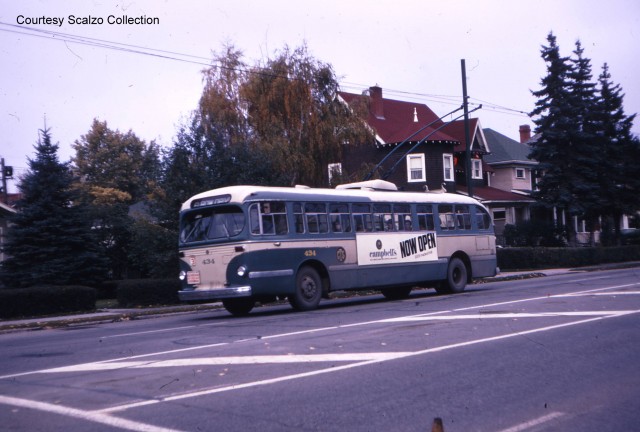
A CTS trolley bus travelling down Elbow Drive in 1969. Courtesy Scalzo Collection.
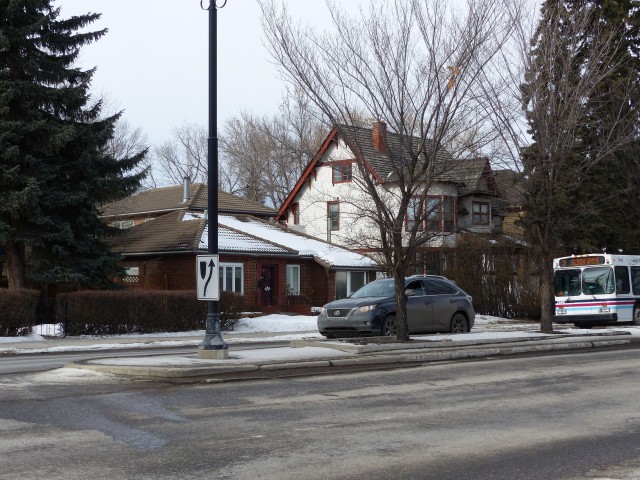
The same view in 2014.
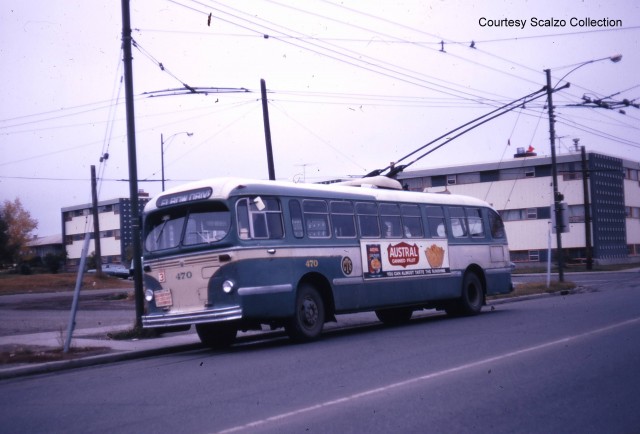
This bus was also photographed in 1969 on the #3 (Elbow Drive) route. Courtesy Scalzo Collection.
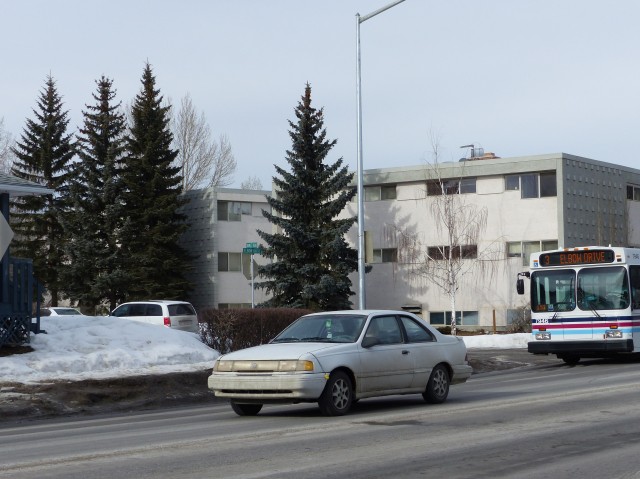
The buses have changed but the route number is still the same.

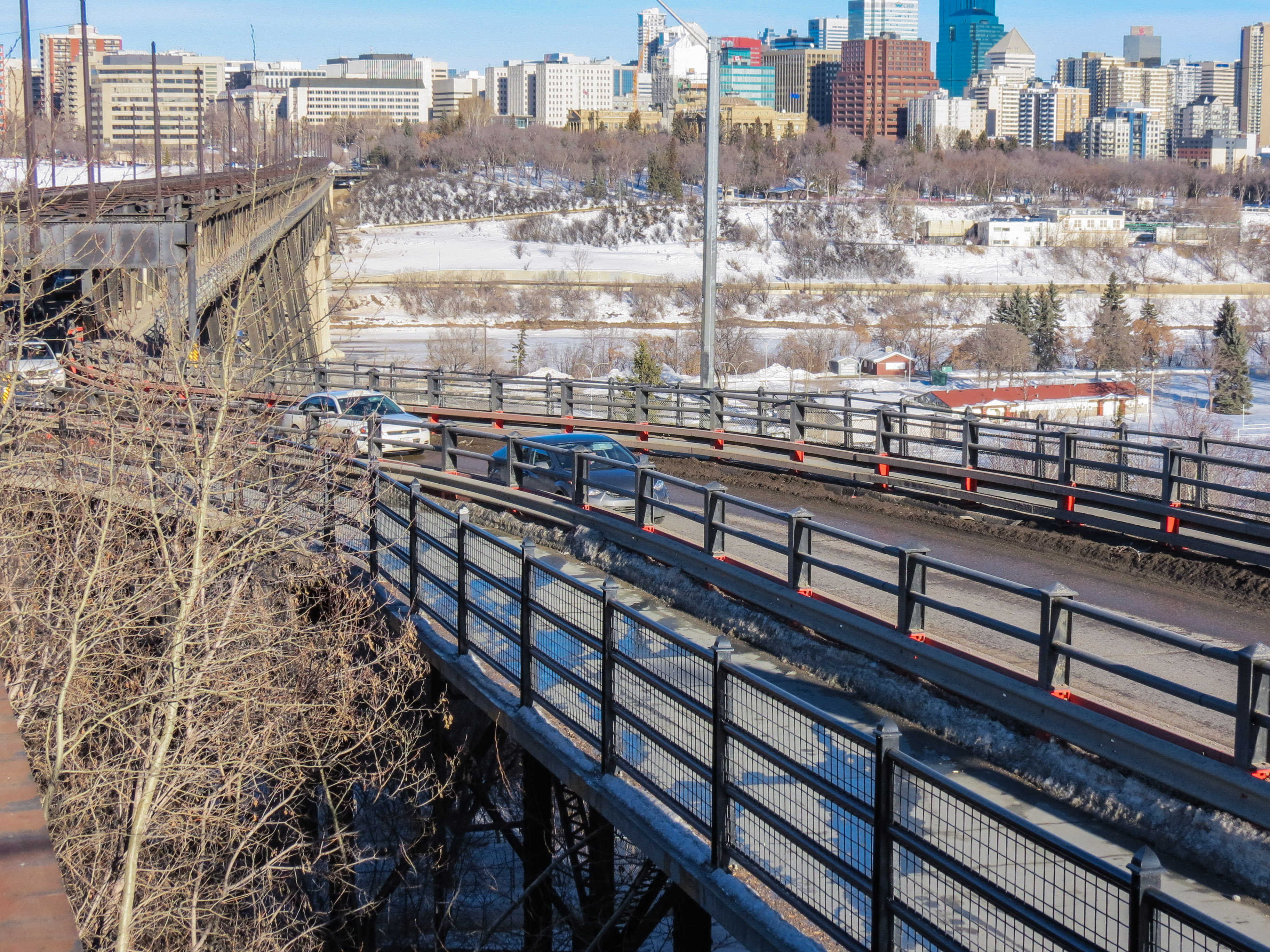
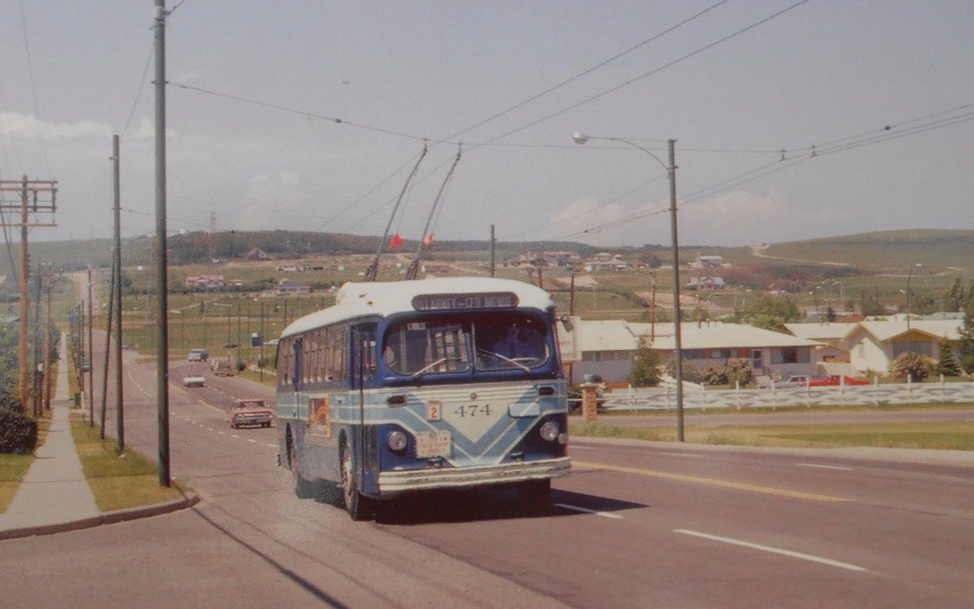
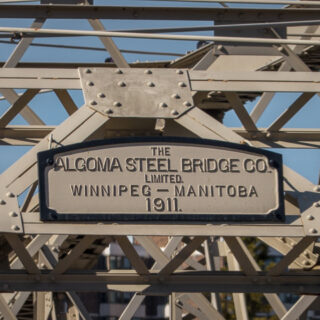
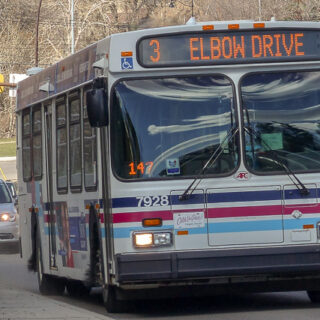
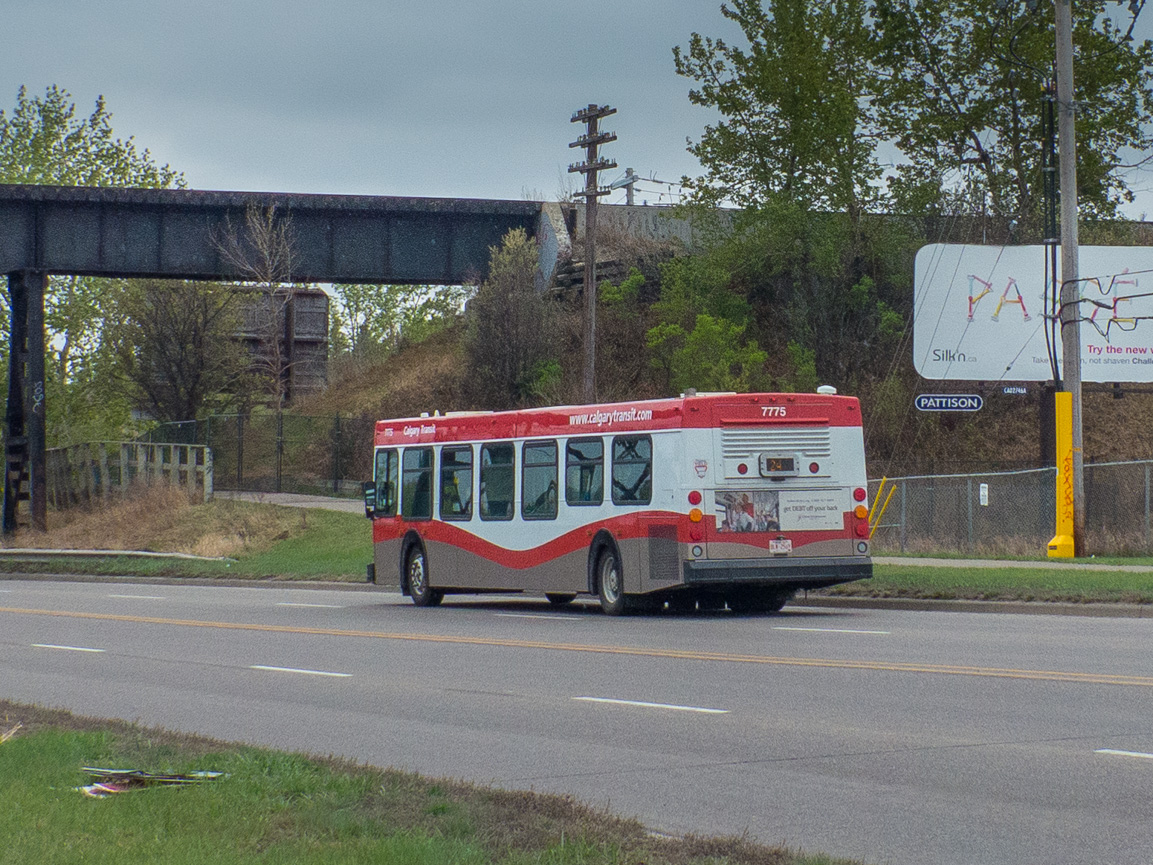
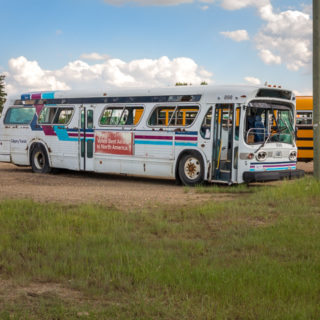
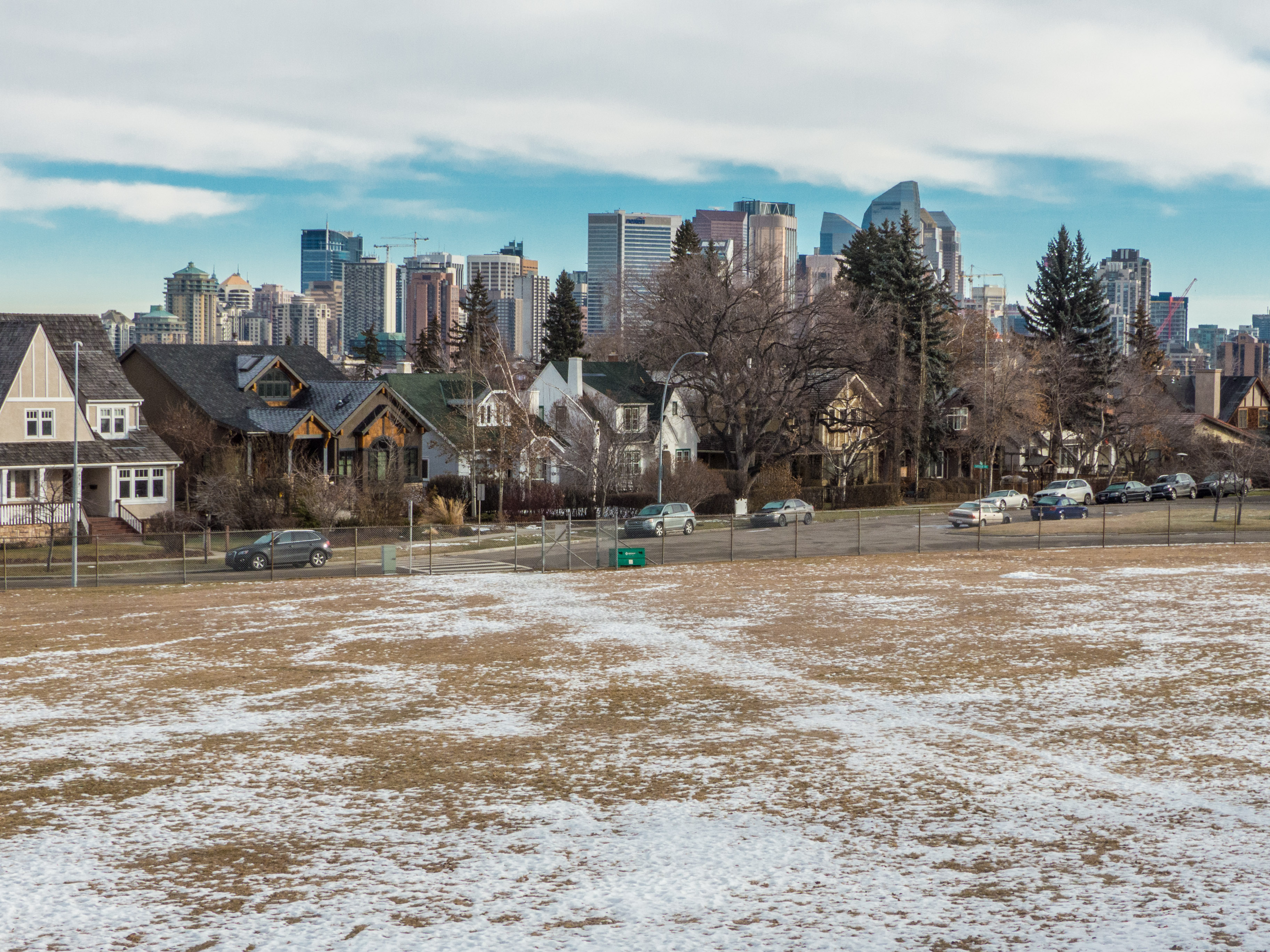
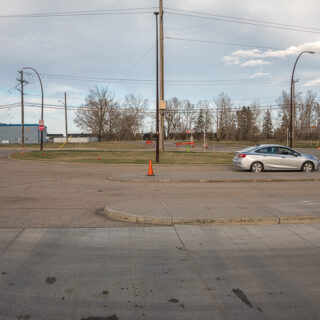
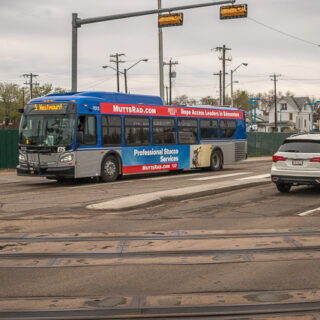
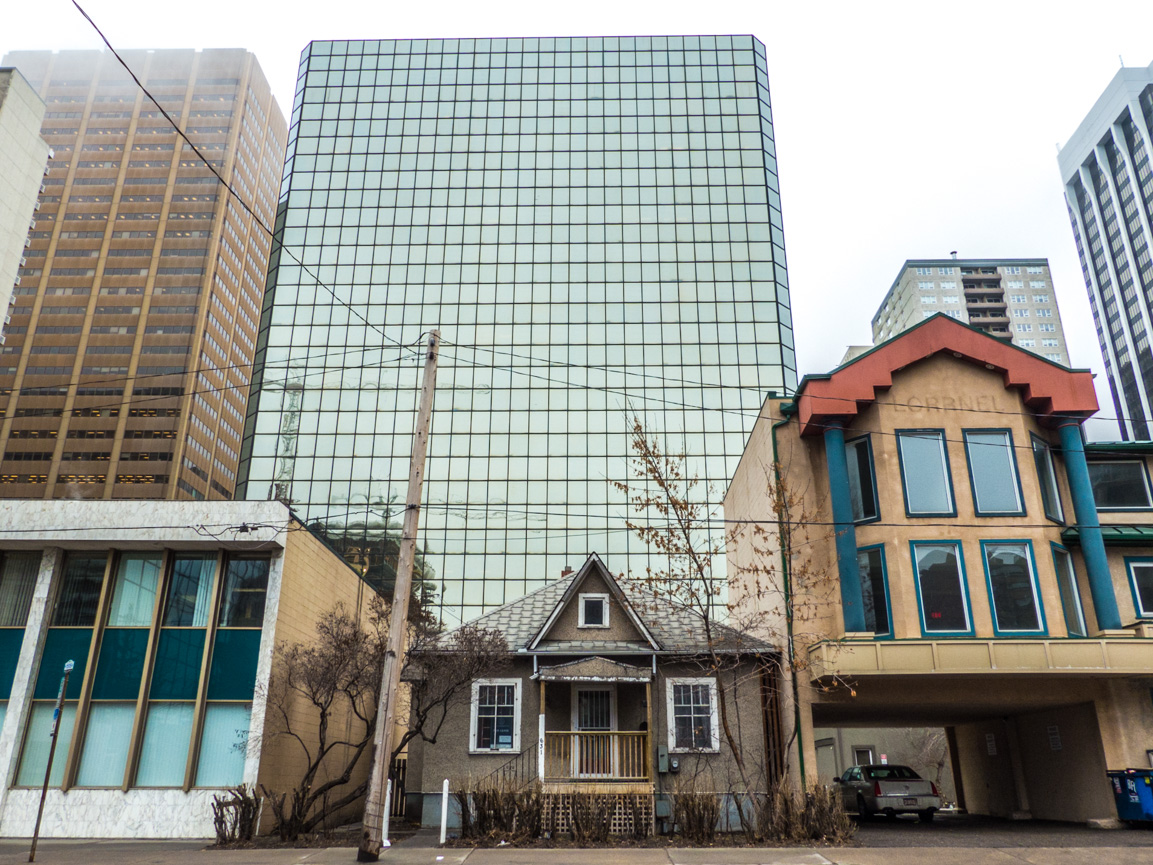
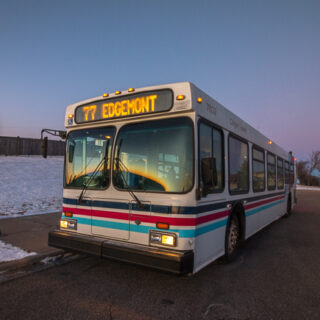
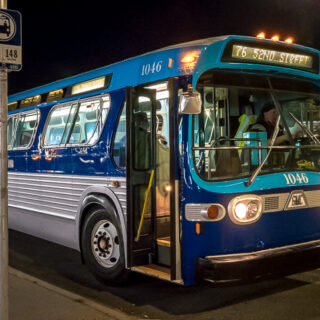
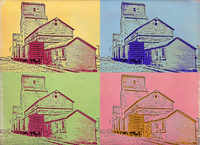






The memories! I recall riding the trolley buses back when I went to school. By that time, the buses were old and quite beat up. We used to yank on the cable that was attached to the pole so they’d come off the wires and then quickly run away.
Tsk, tsk!
There is a Calgary trolley bus is Sandon BC. Have you been?
I’ve been but it was so long ago. The buses were not there at that time.